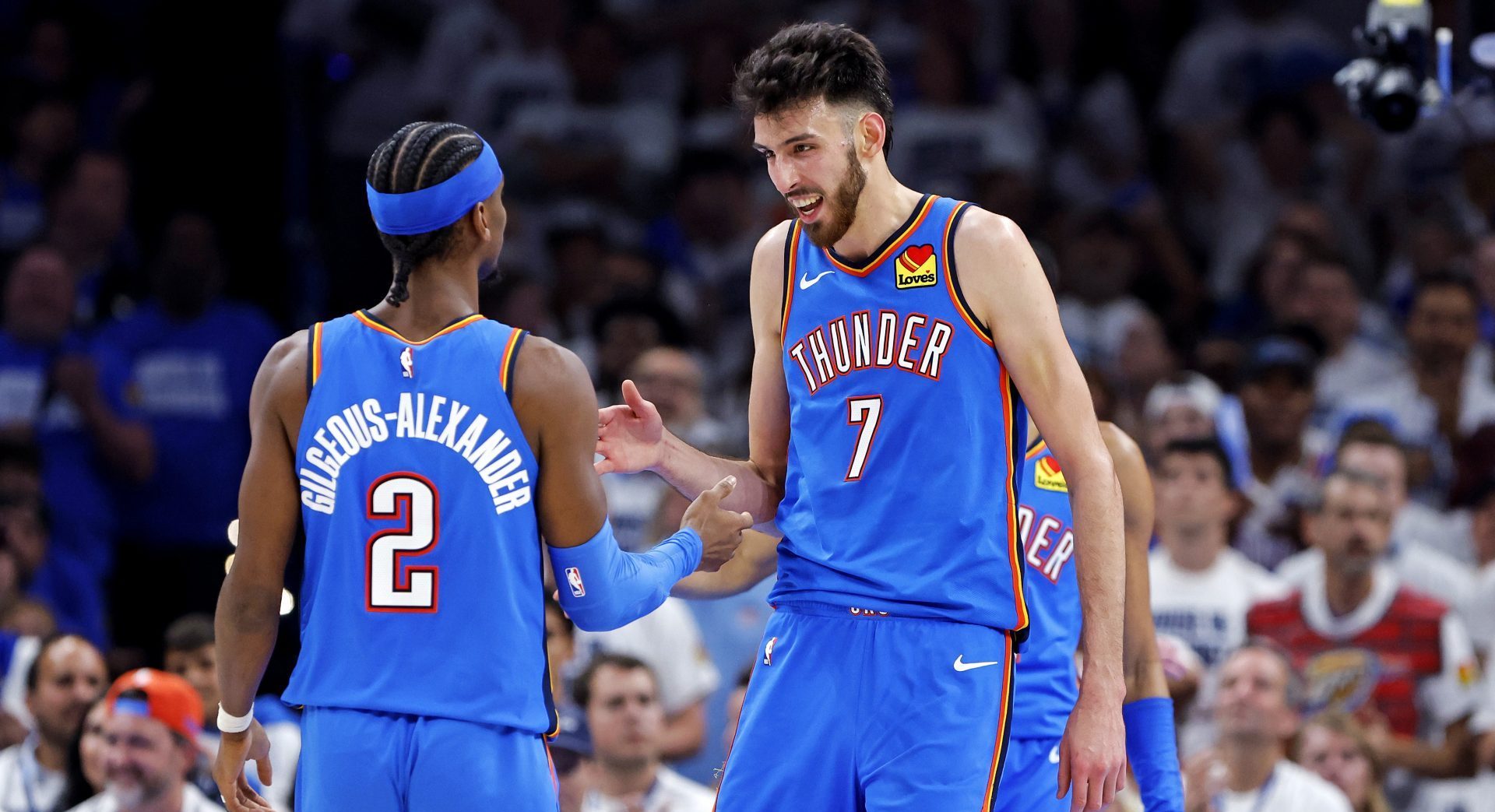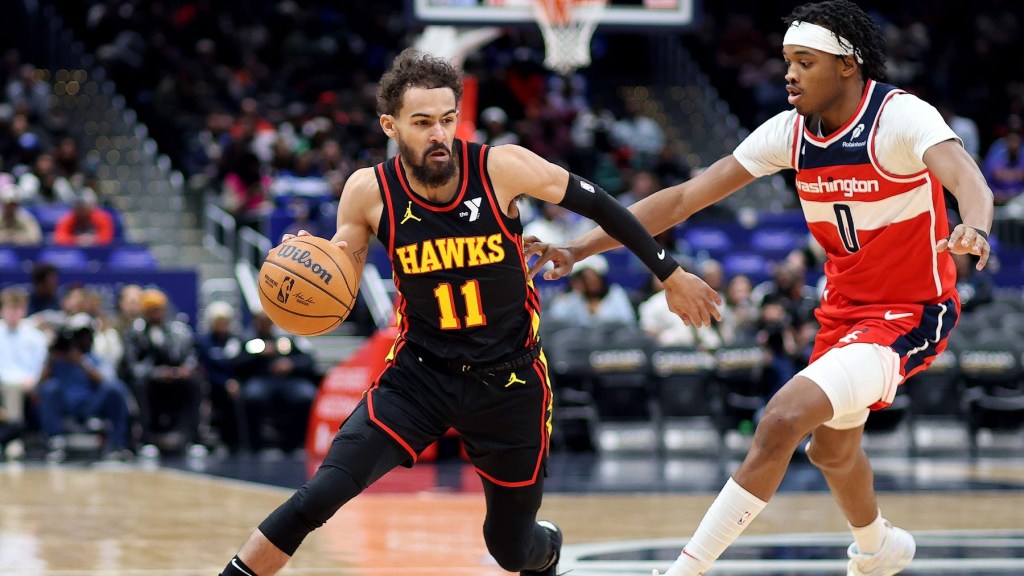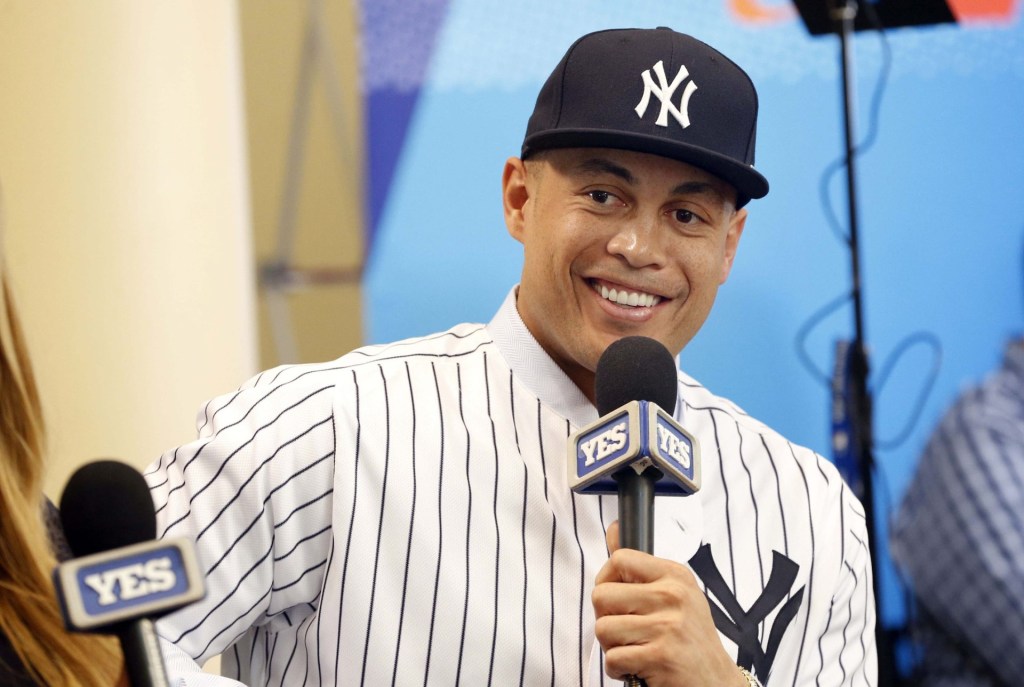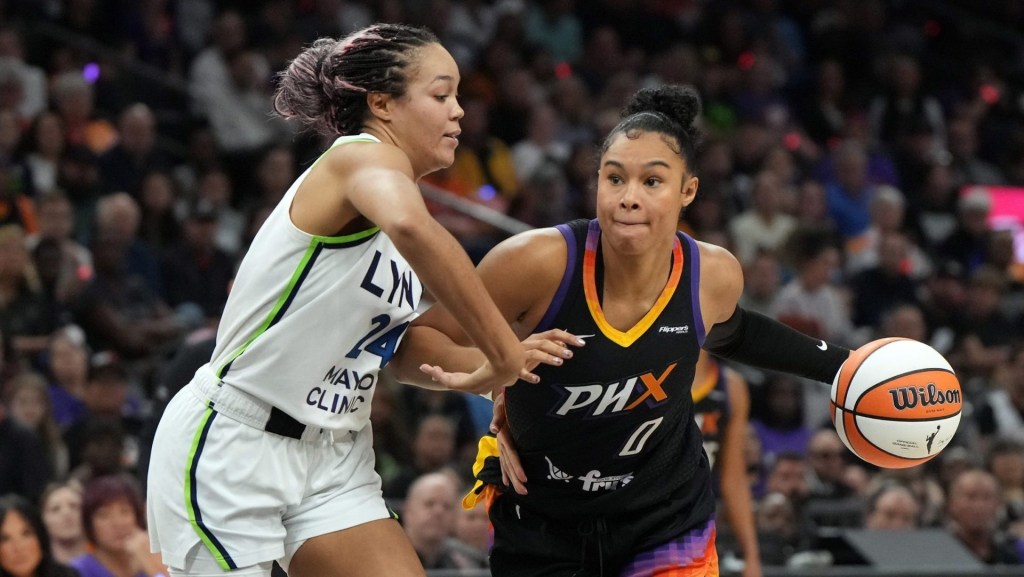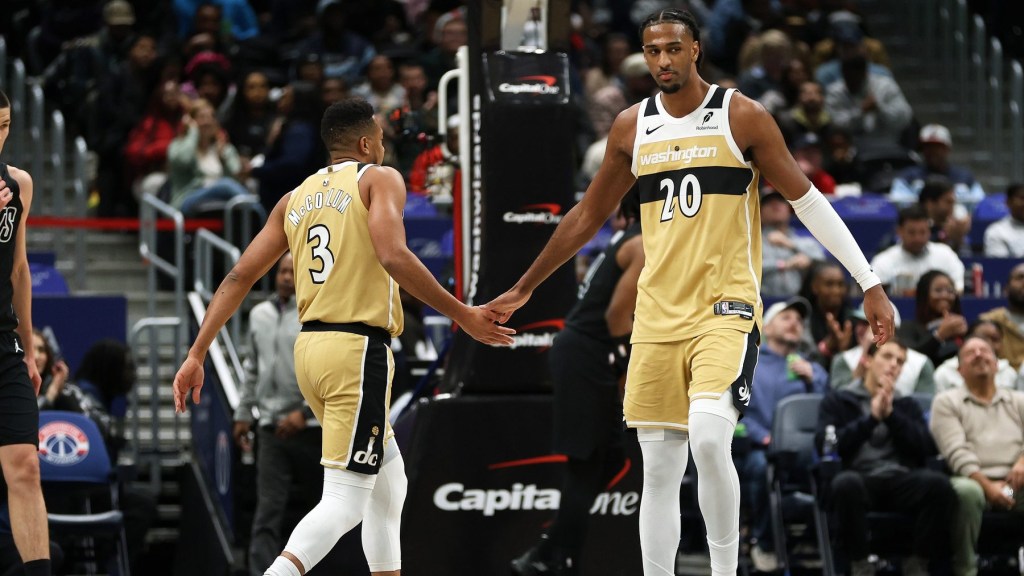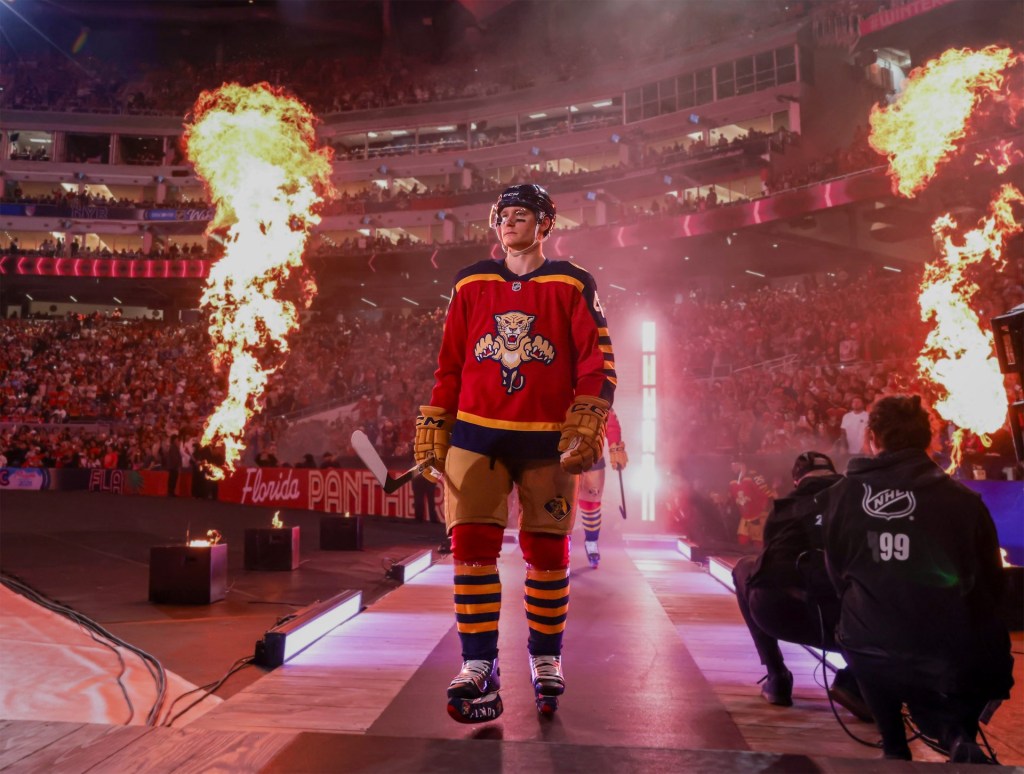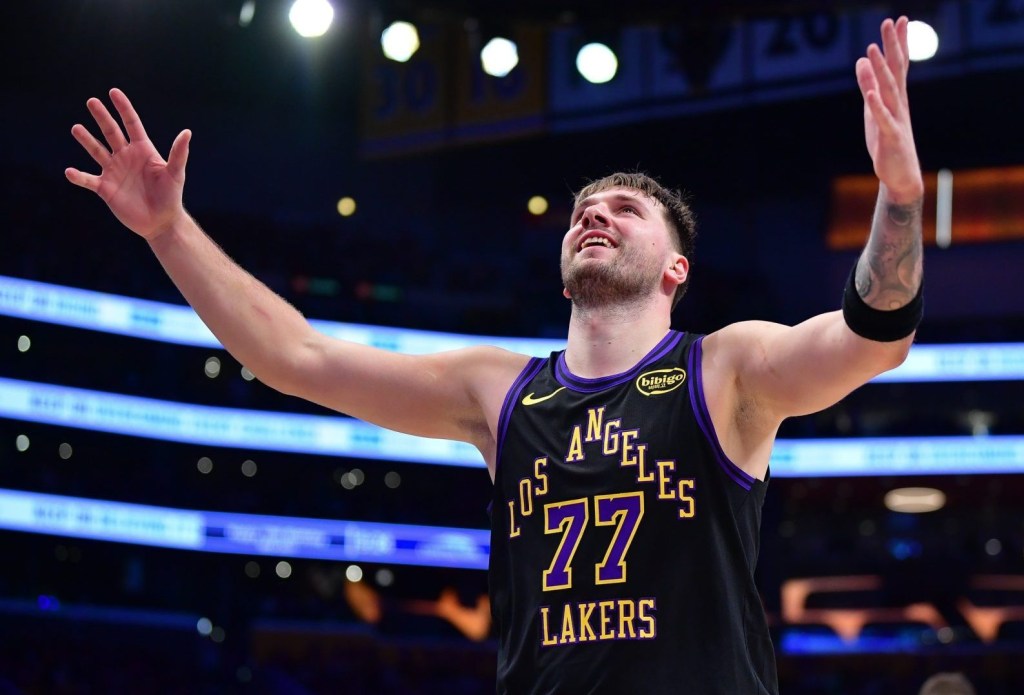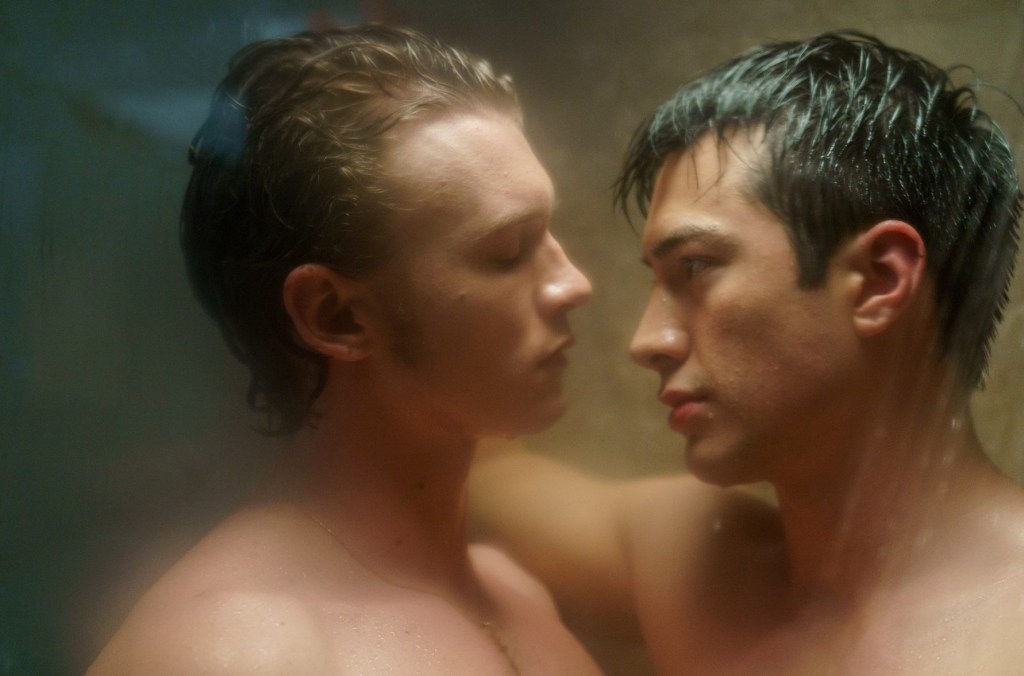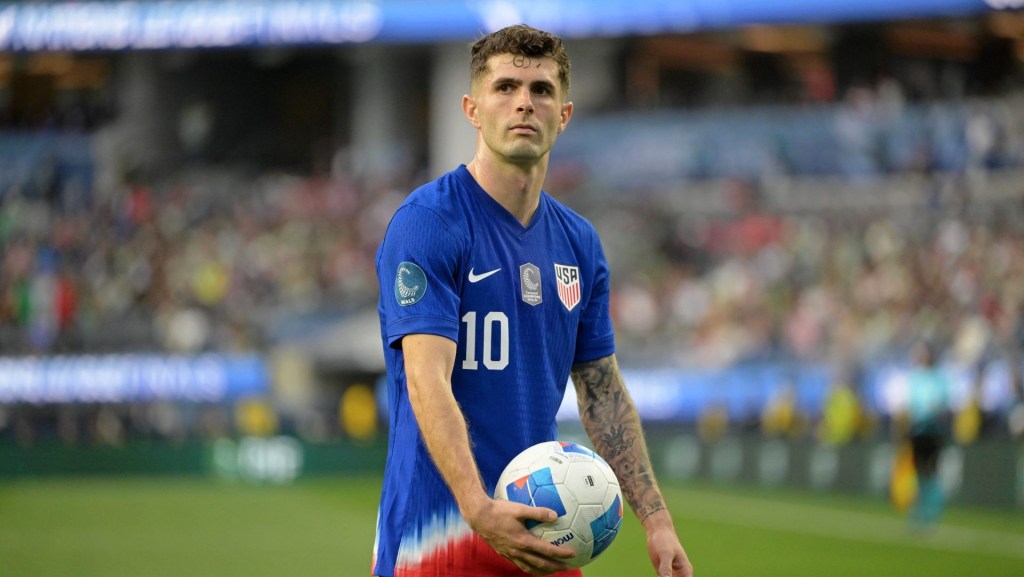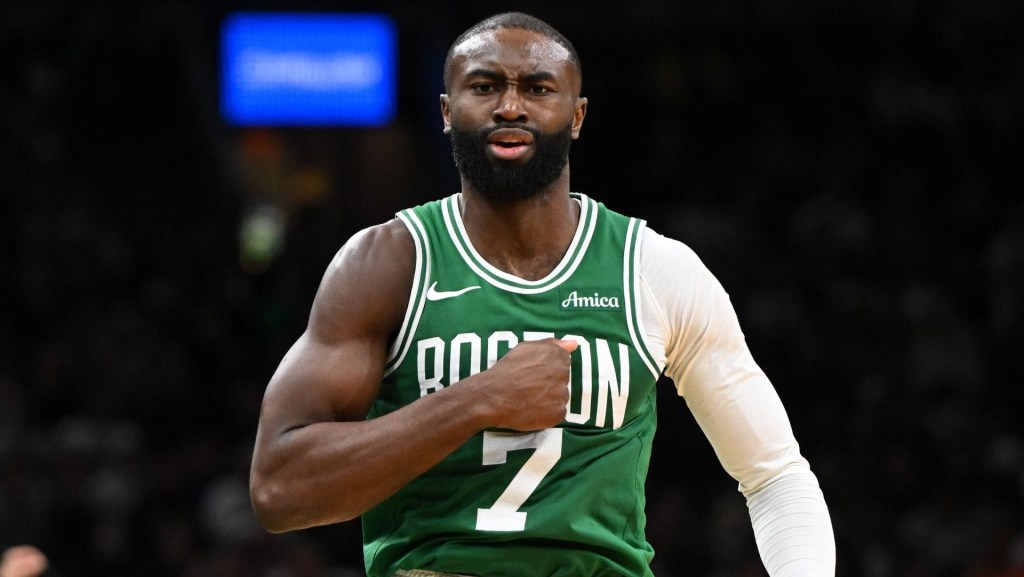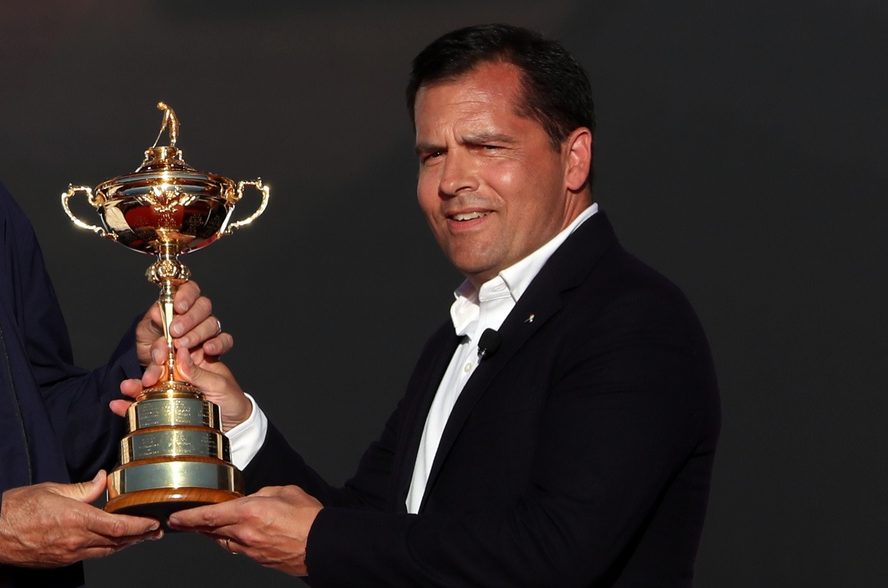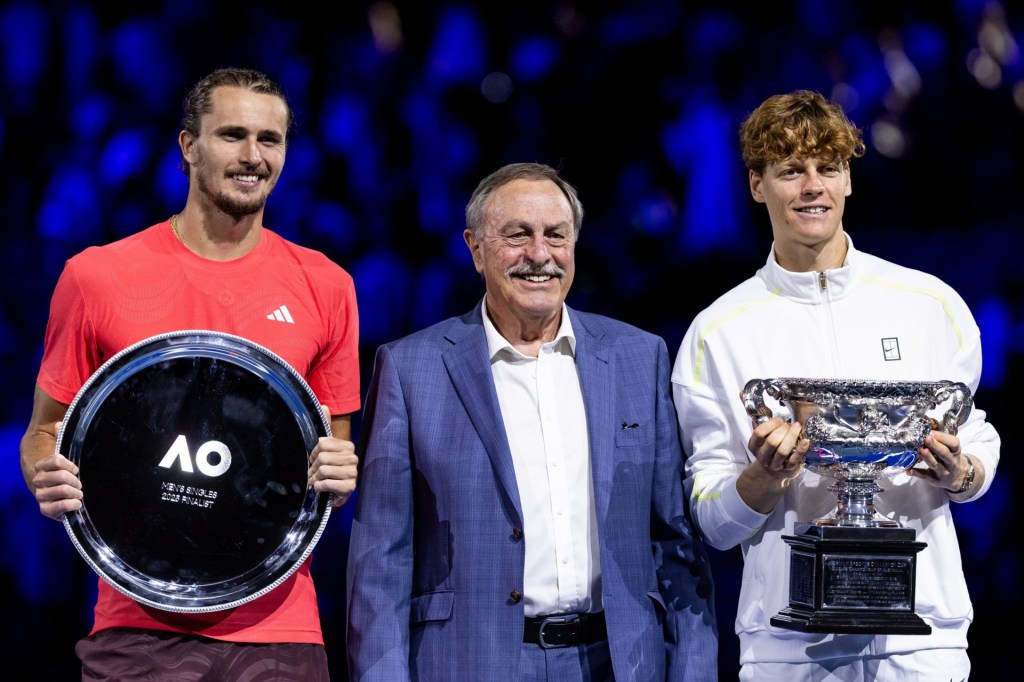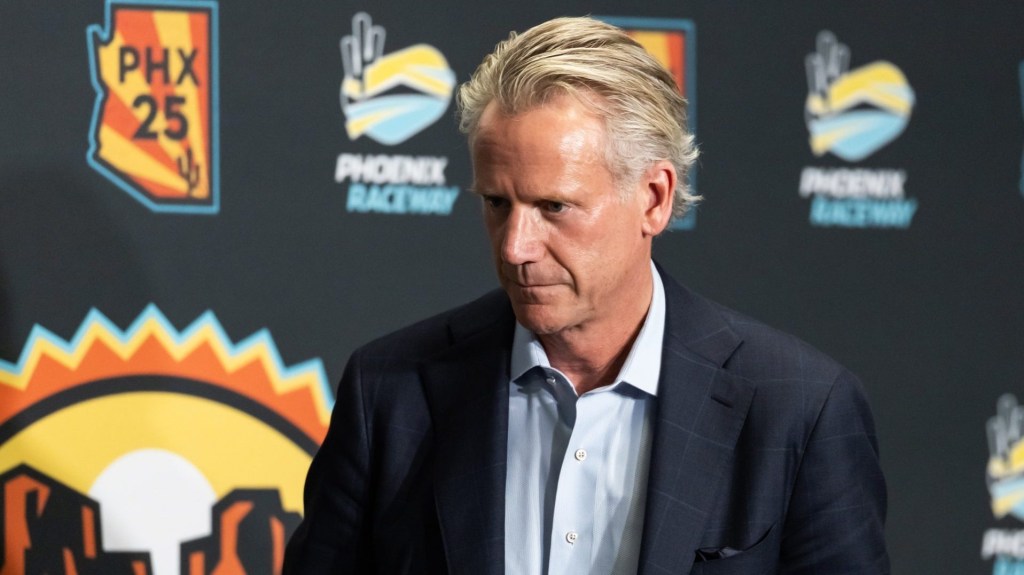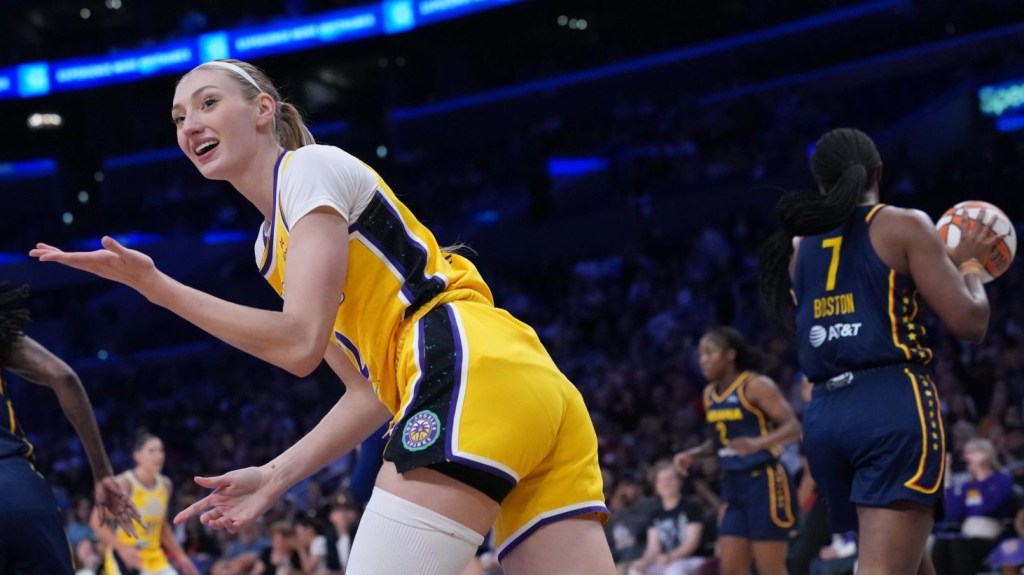Each year, the NBA gives teams a spending limit for constructing their rosters. The salary cap changes every year, typically in increasing fashion, because it’s tied to league revenue.
For the upcoming 2025–2026 season, the league’s new $77 billion media-rights deal will kick in, representing a serious upgrade over its previous $24 billion deal and allowing for a much higher salary cap. However, the Collective Bargaining Agreement between the league and players limits salary-cap increases to just 10% per year to prevent player price tags from ballooning. Thus, for 2025–2026, each team has up to $154.6 million for payroll, up from $140.6 million the previous season.
But if you’ve been paying attention to the news, you’ll notice that most teams enter the offseason already over the salary cap. So how does the salary cap actually work?
There are several things to know:
The NBA has a soft cap, not a hard cap.
In the NFL, teams absolutely can’t go above the salary cap. It’s a hard cap. But the NBA gives teams multiple trade and signing exceptions so they can go above the salary cap.
Signing exceptions allow teams to go over the salary cap.
There are several types of salary cap exceptions that allow teams to sign players they couldn’t otherwise. Let’s say a team has had a popular star for three years who will become a free agent. He wants to re-sign, but he can command a lot of money and they don’t have salary-cap room. No problem! They can sign him to a maximum contract using the Qualifying Veteran Free Agent Exception, more popularly known as the Bird Exception. Exceptions give teams flexibility, but as you’ll see, using certain exceptions can end up limiting how far above the salary cap teams can go.
A luxury tax kicks in when a team spends a certain amount.
Signing exceptions allow teams to go over the salary cap, but those contracts still count toward total payroll. When that payroll hits a certain level ($187.9 million in 2025–2026), it triggers the luxury tax. For every dollar over this threshold, teams must pay money to the league (which shares the revenue with other teams).
After the cap and luxury-tax threshold, there are two “aprons,” each with their own penalties.
To prevent teams from accruing so much talent that games become uncompetitive, the league uses an “apron” system. Crossing each line comes with penalties beyond the luxury tax—it restricts the types of acquisitions teams can make.
The first apron is set at $195.9 million for 2025–2026. The second apron is $207.8 million. Teams whose payroll is above the first apron have fewer exceptions available to them. For example, they can’t use the Non-Taxpayer Mid-Level Salary Exception, which gives teams $14.1 million to sign players. Instead, they have to use the Taxpayer Mid-Level Salary Exception, which gives them only $5.7 million to sign players.
Those restrictions get more severe at the second apron. Teams with payroll over $207.8 million are “over the second apron,” which means they lose their signing exceptions and can only sign their existing players and draft picks, ink league-minimum contracts, and make trades that don’t increase payroll.
The first or second aprons can work as hard caps in specific circumstances.
Although the NBA has a soft cap, the aprons can become hard caps if teams make certain moves. A hard cap means they cannot spend over that threshold, but it also means they face restrictions on acquiring players.
Anything that would trigger a hard cap is also impermissible after the hard cap is triggered. For example, if you get a player via a sign-and-trade deal, it hard-caps you at the first apron. Now you can’t spend above $195.9 million, nor can you do another sign-and-trade. You’re also restricted from making certain other acquisitions or using some types of signing extensions.
Teams get capped at the second apron by doing things like sending cash in a trade or using their Taxpayer MLE.
This is just a basic overview. There’s a lot of fine print, which is why teams hire salary-cap experts who understand all the rules within the CBA and can advise GMs on the ramifications of different moves.
NBA Salary Cap Thresholds: 2025–2026 Season
| Salary Floor | $139.2 million |
| Salary Cap | $154.6 million |
| Luxury Tax Threshold | $187.9 million |
| First Apron | $195.9 million |
| Second Apron | $207.8 million |
